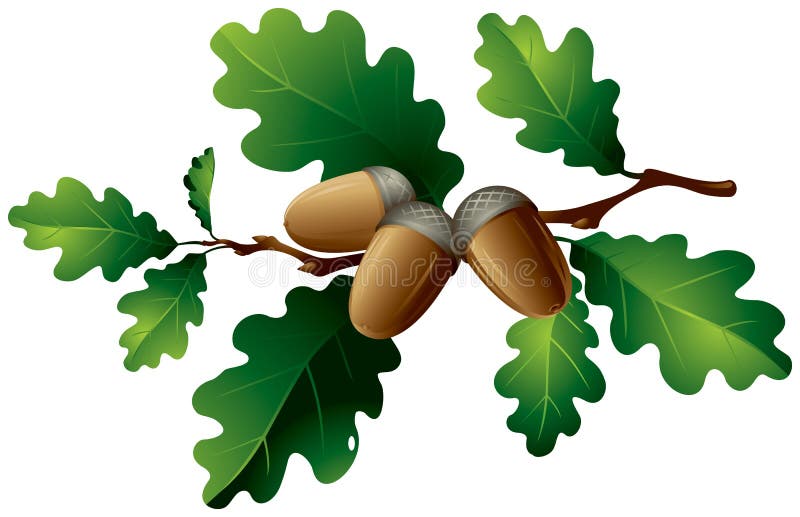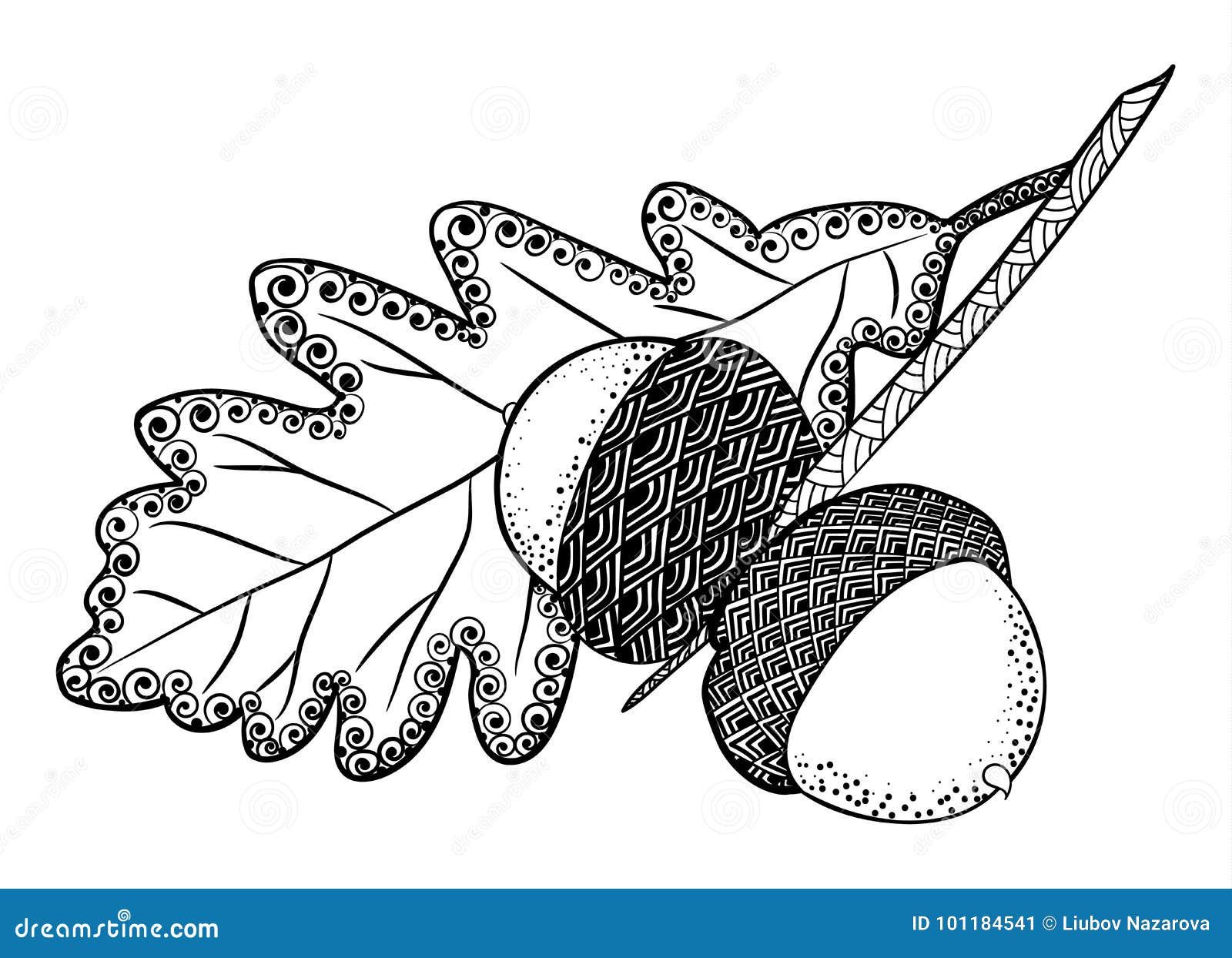

There are over 600 known species of Oak, with 55 found in the continental United States. Oaks, which all fall under the genus (Quercus) are wide-spread trees found in temperate climates the world over. This article has been viewed 1,299,401 times.ĭifferentiate oak trees from other species. This article received 34 testimonials and 85% of readers who voted found it helpful, earning it our reader-approved status. WikiHow marks an article as reader-approved once it receives enough positive feedback. There are 10 references cited in this article, which can be found at the bottom of the page. He has worked in British, North American, and South American ecosystems, and with First Nations communities, non-profits, government, academia, and industry. Mike received a BSc with honors in Ecology and an MA in Society, Science, and Nature from The University of Lancaster in England as well as a Ph.D. Mike also specializes in science communication and providing education and technical support for ecology projects.
#Black oak leaf and acorn drawing professional
He has over 20 years of experience in ecology research and professional practice in Britain and North America, with an emphasis on plants and biological diversity. Michael Simpson (Mike) is a Registered Professional Biologist in British Columbia, Canada. It is used in furniture, flooring, pallets, boxes, railroad ties, and mine timbers.This article was co-authored by Michael Simpson, PhD. The wood is usually of less value than red oak because the trees are often more open grown and tend to develop more branches.

The wood of black oak hard, heavy and strong. As a large shade tree, it is less attractive than many of the other native oaks. These may be geographical variants or hybrids between black and red or Hill's oak.īlack oak is seldom used as an ornamental. However, some of the trees called 'black oak' along the edge of this species' range in northeast and north central Iowa have small, slightly angled buds that are incompletely hairy and acorn cups with tighter fitting scales. "Most trees in southern and east central Iowa are quite typical of the species, having large, strongly angled, densely hairy buds and acorn cups with loosely attached scales.

It also occurs on moist upland soils in association with basswood, red oak, and sugar maple in eastern Iowa it can be found on bottomlands or terraces which are sandy and very well drained.īlack oak provides a problem often encountered in the identification of oaks according to "Forest and Shade Trees of Iowa" by Peter van der Linden and Donald Farrar. It is a very common upland tree, often growing on dry ridges and southern or western slopes. Red oak has shallower and more evenly lobed leaves, reddish inner bark, smaller buds and a larger acorn enclosed less than 1/4 of its length by the acorn cup.īlack oak is native in the eastern and southern halves of Iowa. The acorns are 1/2 to 3/4 inch in length, red-brown in color, and enclosed for 1/3 to 1/2 its length by the acorn cup. The bark is thick, nearly black in color and deeply furrowed with narrow scaly ridges the inner bark is orange-yellow in color. Buds are 1/4 to 1/2 inch in length, sharp pointed, angled in cross section and have gray-woolly bud scales. The leaves are lustrous and dark green in color on the upper surface and paler or coppery below with more or less scurfy pubescence and prominent tufts in the axils of the leaf veins. The lobes extend 2/3 to 7/8 of the way to the midrib of the leaf and have broad U-shaped or circular sinuses. Seed Stratification: Prechill for 1-2 months at 34☏ to 40☏īlack oak leaves are alternate, simple, 5 to 9 inches long and have 5 to 7 irregular bristle tipped lobes. Seed Bearing Age: 20 years optimum production 40-75 years Leaves: Alternate, simple, lobed. Lobes have pointed tips. Site Requirements: Best growth in moist, well-drained soils. Hardiness: Varies with the species of oak tree ranging from zone 3 to zone 9.īlack Oak Leaves - Photos by Paul Wray, Iowa State University Found mostly in eastern two-thirds of Iowa.

Habitat: Grows in upland woods and sandy flats near rivers or streams. Black oak ( Quercus velutina) is a member of the broad red oak group ( red, black, blackjack, pin, northern pin, and shingle). This group is characterized by having bristles or points on the leaf lobes and acorns which mature in two growing seasons and sprout in the spring after maturity.


 0 kommentar(er)
0 kommentar(er)
